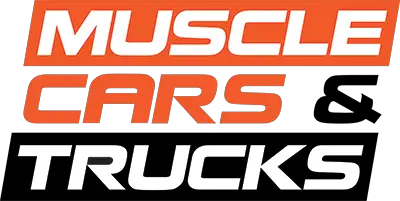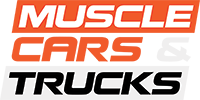With the auto industry experiencing its slowest sales period of the decade, Ford executives are preparing to ask the federal government to consider a post-coronavirus stimulus package akin to the one that came in 2009, according to a report by Bloomberg. While Ford says the mechanics of such a program are up for debate, it may very well spell the return of the Cash for Clunkers rebate system.
The Car Allowance Rebate System was a $ 3 billion scrapping program instituted by the Federal government during the Great Recession as a means of injecting badly needed capital into the automotive industry and U.S. economy alike. By offering residents incentives on new fuel-efficient cars in return for scrapping their aging and less fuel-efficient vehicle, the government hoped to drive buyers back to dealer showrooms. From July to August of 2009 nearly 700,000 vehicles were traded in on the program, inducing an additional 370,000 car sales according to The Economists Voice.

While it is true that the program offered U.S. automakers a brief influx of cash, the long term economic ramifications of the program are widely panned as a failure. In the months following the end of Cash for Clunkers, auto sales dropped again to a point that essentially nullified the summertime gains. While there is no doubt automakers are going to be hurting for cash as this pandemic rages on, it might be far fetched to bank the future on a C.A.R.S part two. Furthermore, the lasting effects of the program are still being felt by buyers today.
In order to prevent people from turning in absolute junk during the Cash for Clunkers program, the government instituted strict parameters that the vehicle’s had to meet. Some highlights include the fact that cars had to be under 25-years old, in running condition, and they had to be registered and insured for a full year before the date of trade-in. In other words, adequately drivable and useful.
All of these working vehicles were then required to be destroyed completely, including pouring a sodium silicate (“liquid glass”) into the engine to ensure no parts could be salvaged.

This used car genocide eliminated a massive swath of cars that people who rely on cheap forms of personal transportation could have purchased. As if the fact that the cars were destroyed wasn’t bad enough, all of those usable parts were also removed from the market in accordance with the program. So not only were Thousands of muscle cars, trucks and SUVs destroyed in the process (along with less noteworthy vehicles), but the used car parts bin was thinned out, as well.
To the surprise of nobody with even a basic understanding of economics, the price of used cars has since skyrocketed since 2009, as has the price of new vehicles. People who depended on affordable used cars are now in a harder spot than ever, and there is no doubt Cash for Clunkers is at least partially to blame.
At the end of the day, the auto industry is facing a great challenge with the coronavirus, and government intervention may be an inevitability. That said, a rework of the Cash for Clunkers program should be evaluated in its entirety before it has the potential to hurt low-income Americans.






